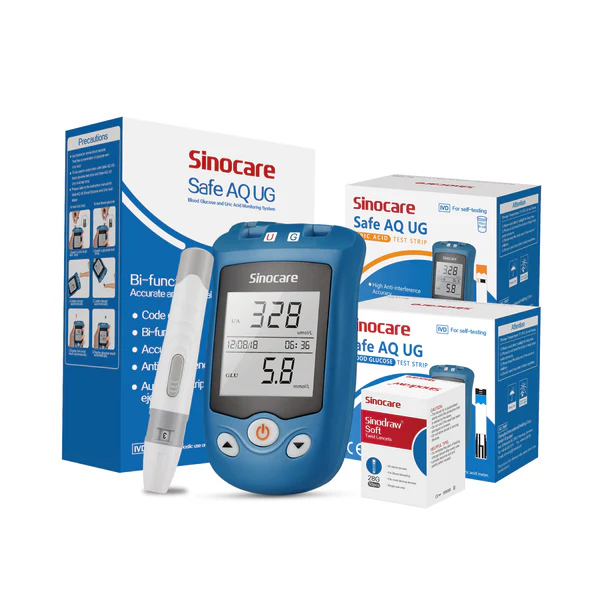In the realm of diabetes management, the blood sugar monitor is a critical tool for ensuring that individuals can maintain their health effectively. Accurate readings from a blood glucose meter can help prevent complications related to diabetes, making it essential to understand how often one should calibrate these devices. This article delves into the importance of calibration frequency, the factors affecting blood glucose meter accuracy comparison, and best practices for maintaining accurate blood sugar monitoring.
The Importance of Calibration
Calibration is the process of adjusting a blood sugar monitor to ensure its readings are accurate. Over time, factors such as temperature, humidity, and age can affect the performance of a blood glucose meter. Regular calibration is crucial because inaccurate readings can lead to poor diabetes management decisions. Experts recommend calibrating a blood sugar monitor at least once every few months, or more frequently if the device has been exposed to extreme conditions. Regular calibration not only ensures accuracy but also builds trust in the readings provided by the blood glucose meter.
Factors Affecting Blood Glucose Meter Accuracy
When discussing blood glucose meter accuracy comparison, it is vital to consider various factors that can influence performance. Different models of blood sugar monitors may vary in their accuracy based on their technology and design. Additionally, the quality of test strips, the user’s technique in testing, and even the timing of the tests can contribute to discrepancies in results. For instance, testing immediately after eating can yield different results compared to fasting tests. Being aware of these factors can assist users in making informed decisions about their diabetes management.
Best Practices for Maintaining Accuracy
To ensure the reliability of a blood sugar monitor, users should follow specific best practices. Firstly, always store test strips in a cool, dry place and check expiration dates regularly. Secondly, read the user manual carefully and adhere to the manufacturer’s recommendations for calibration frequency and testing techniques. Additionally, users should perform regular blood glucose meter accuracy comparisons using control solutions or by cross-referencing results with a laboratory test when necessary. By implementing these practices, individuals can maintain the accuracy of their blood glucose monitoring and enhance their overall diabetes management.
Ensuring Optimal Performance of Your Blood Sugar Monitor
In summary, regularly calibrating your blood sugar monitor is essential for accurate readings and effective diabetes management. Understanding the factors affecting blood glucose meter accuracy comparison and adhering to best practices can significantly improve the reliability of your readings. For those looking for a reliable solution, the Sinocare Safe AQ UG Blood Glucose Uric Acid Meter is designed with advanced test strips and features a high-contrast LCD for ease of use, ensuring that you receive precise results with every test.


